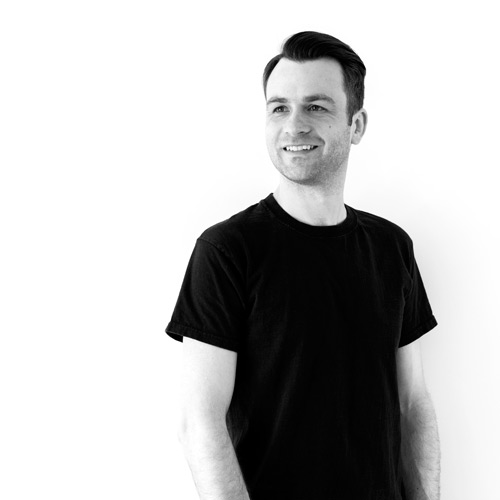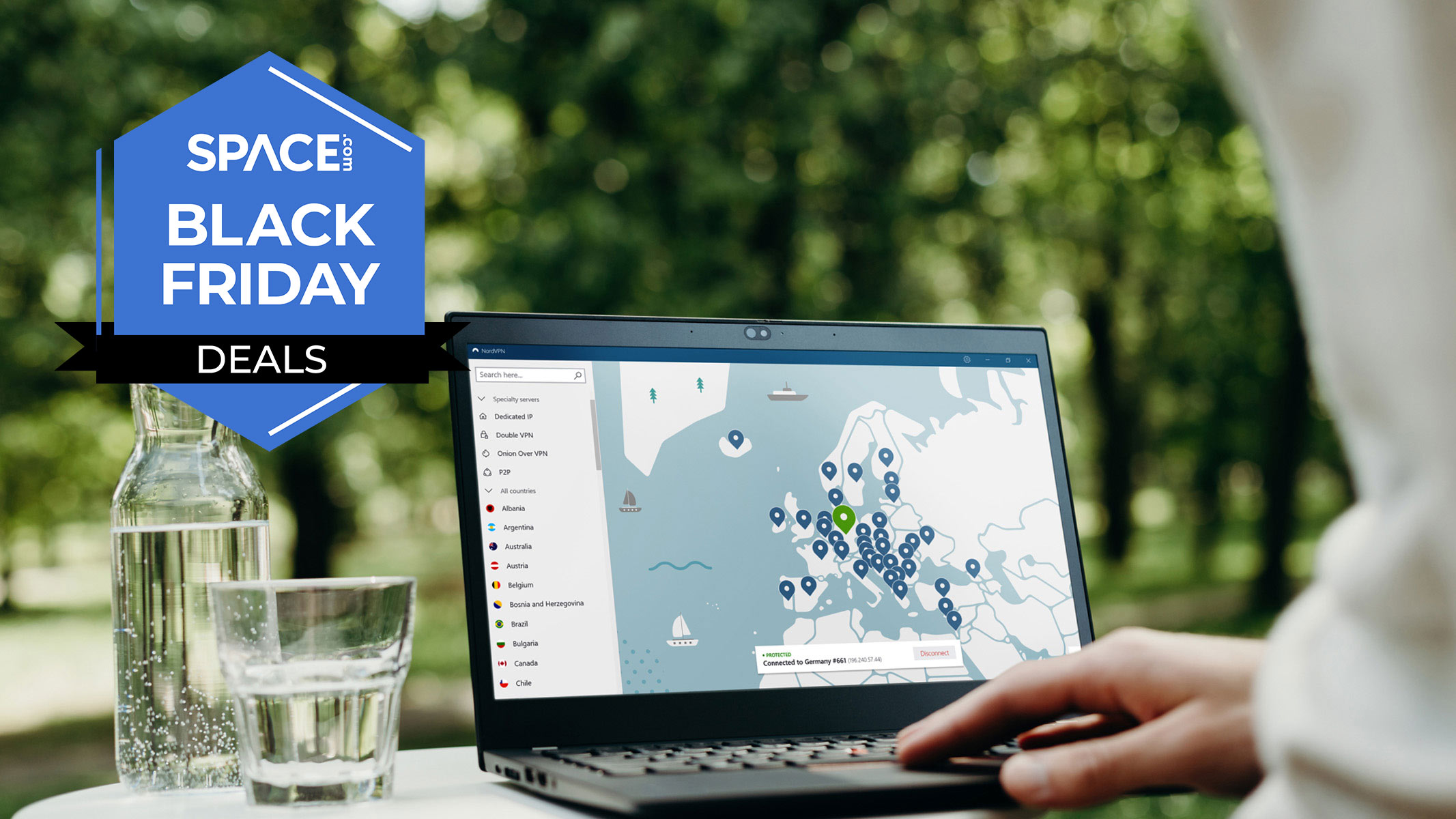Fly DJI FPV drones like a pro with DJI's motion controllers
Experience intuitive flights where you can leap from zero to FPV hero in just a few minutes.
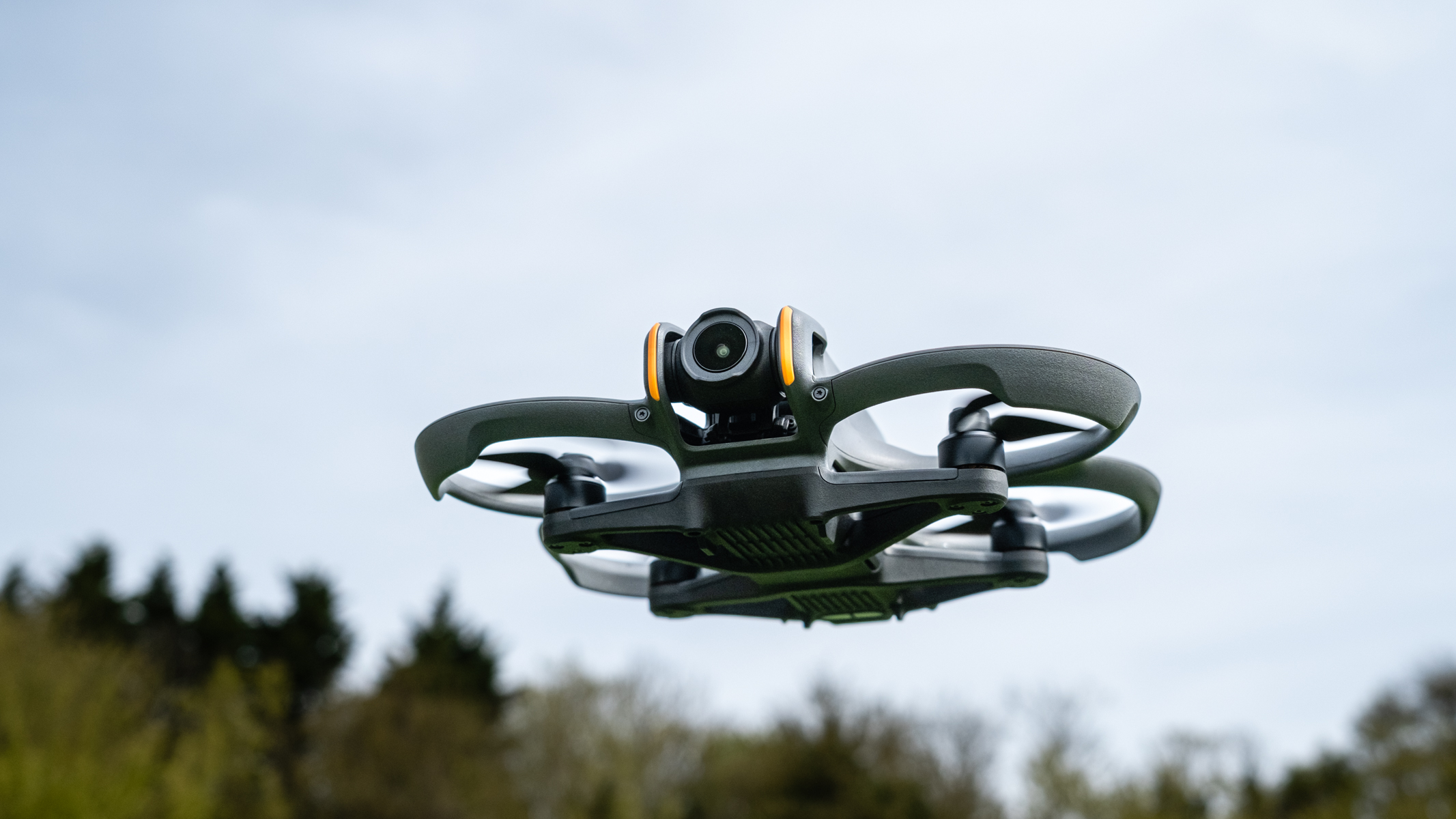
DJI is one of the most innovative drone manufacturers, alongside several others who are breaking new ground. It's fair to say that DJI is responsible for producing some of the best drones, including some of the best camera drones and the best FPV drones available. The Chinese drone company is also the first to create what's known as a motion controller.
Since the DJI RC Motion 3 is the most recent DJI motion controller, we'll focus on this throughout the article alongside the DJI Avata 2. Motion controllers, keeping things simple at this point, combine the use of basic physical controls alongside motion-based control that allows you to intuitively fly several DJI drones. But, it's DJI's FPV drones where this interesting controller impresses most.
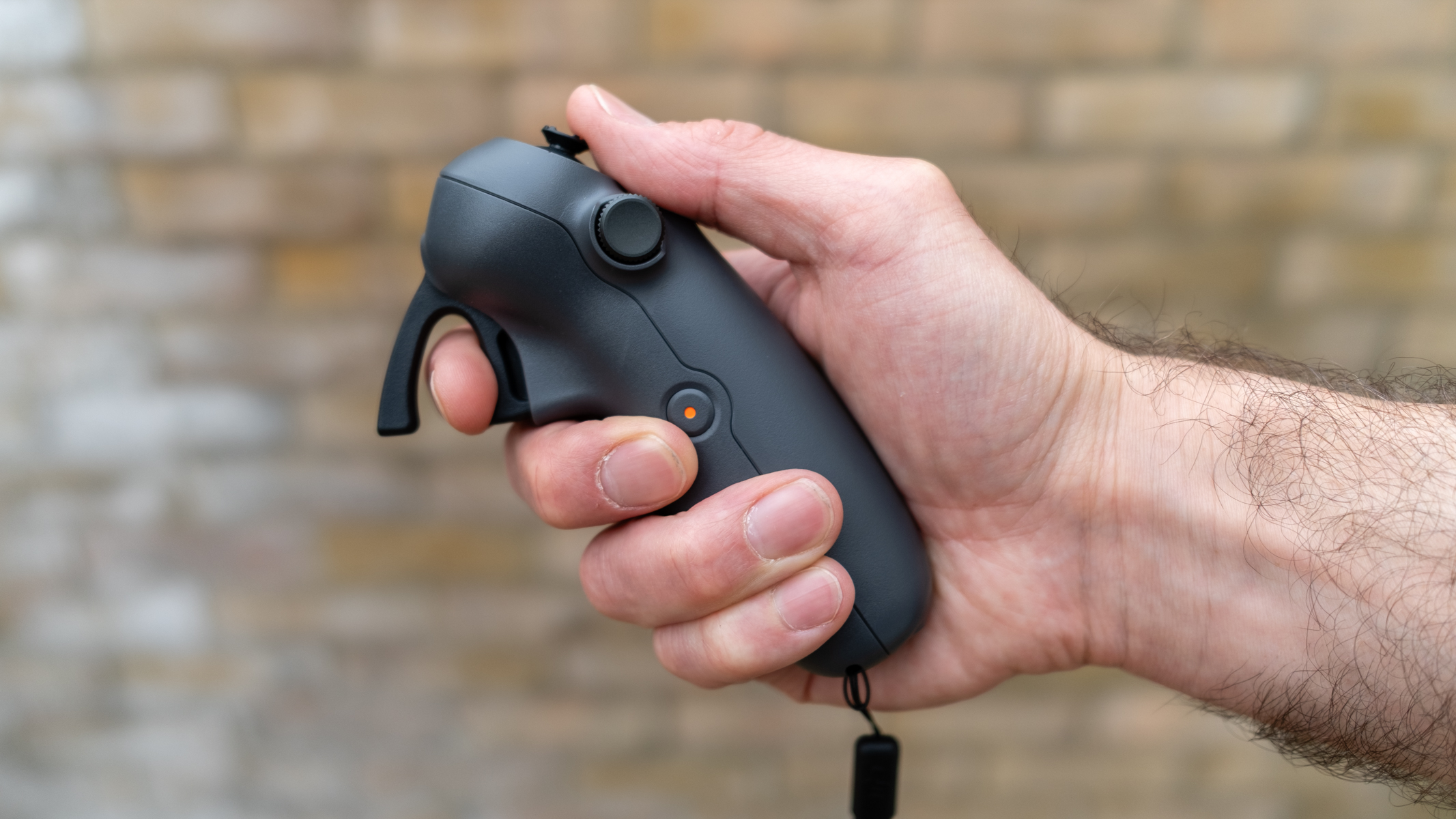
The DJI RC Motion 3 Controller is included in the DJI Avata 2 kit and at a basic level, requires the pilot to pull the trigger to fly forwards while tilting it forwards or backward to ascend and descend. Turning is achieved by tilting the controller to the left or right. This is just the tip of the motion controller iceberg, so let's take a deeper dive…
What's the difference between a motion controller and a regular controller?
I may be showing my age here, but the easiest way to describe motion controllers is that they're like a joystick handle that's not attached to a base or wired. Motion controllers connect to drones — typically DJI FPV drones — allowing pilots to move the entire controller to turn the drone and adjust altitude rather than using control sticks.
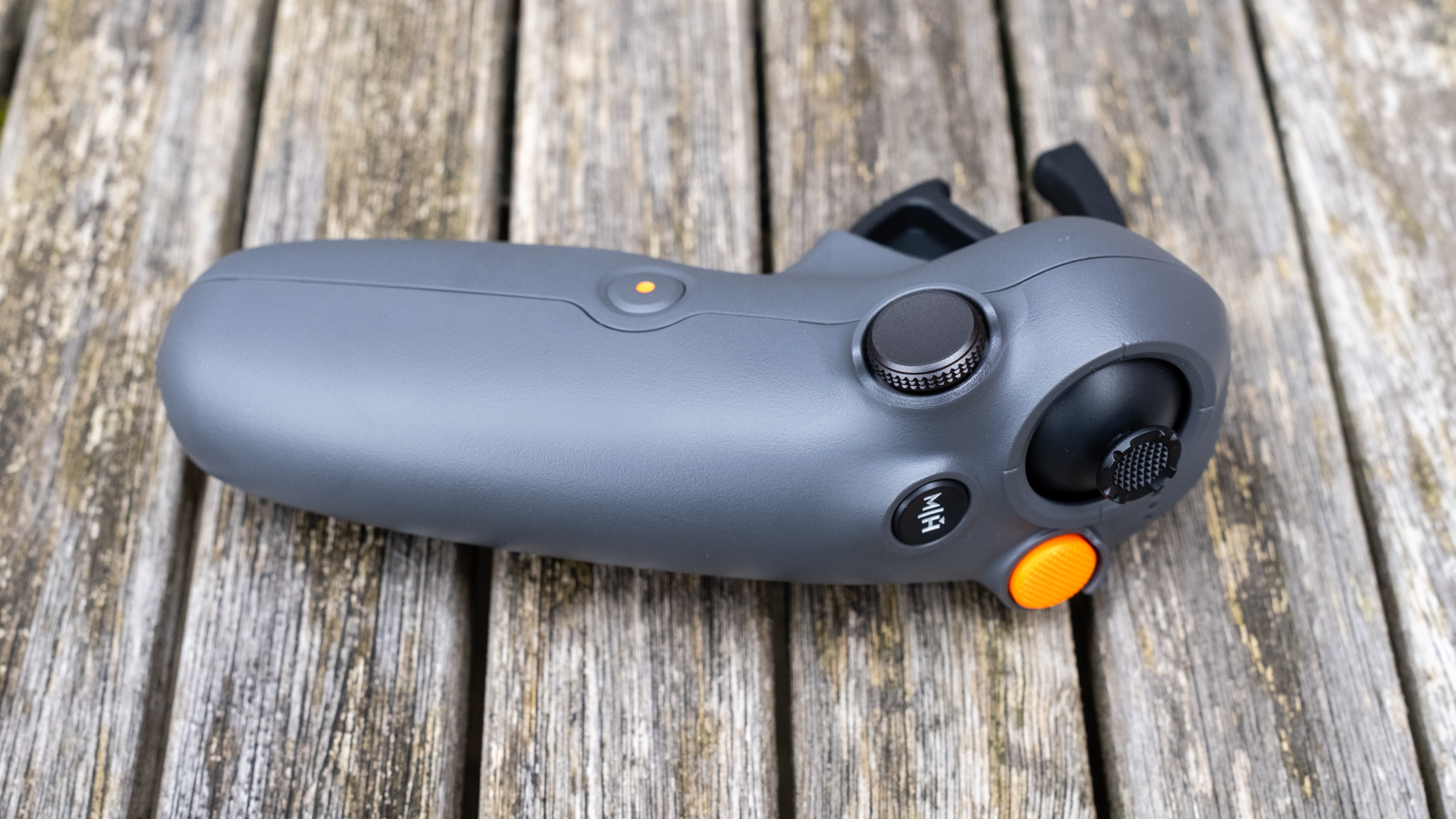
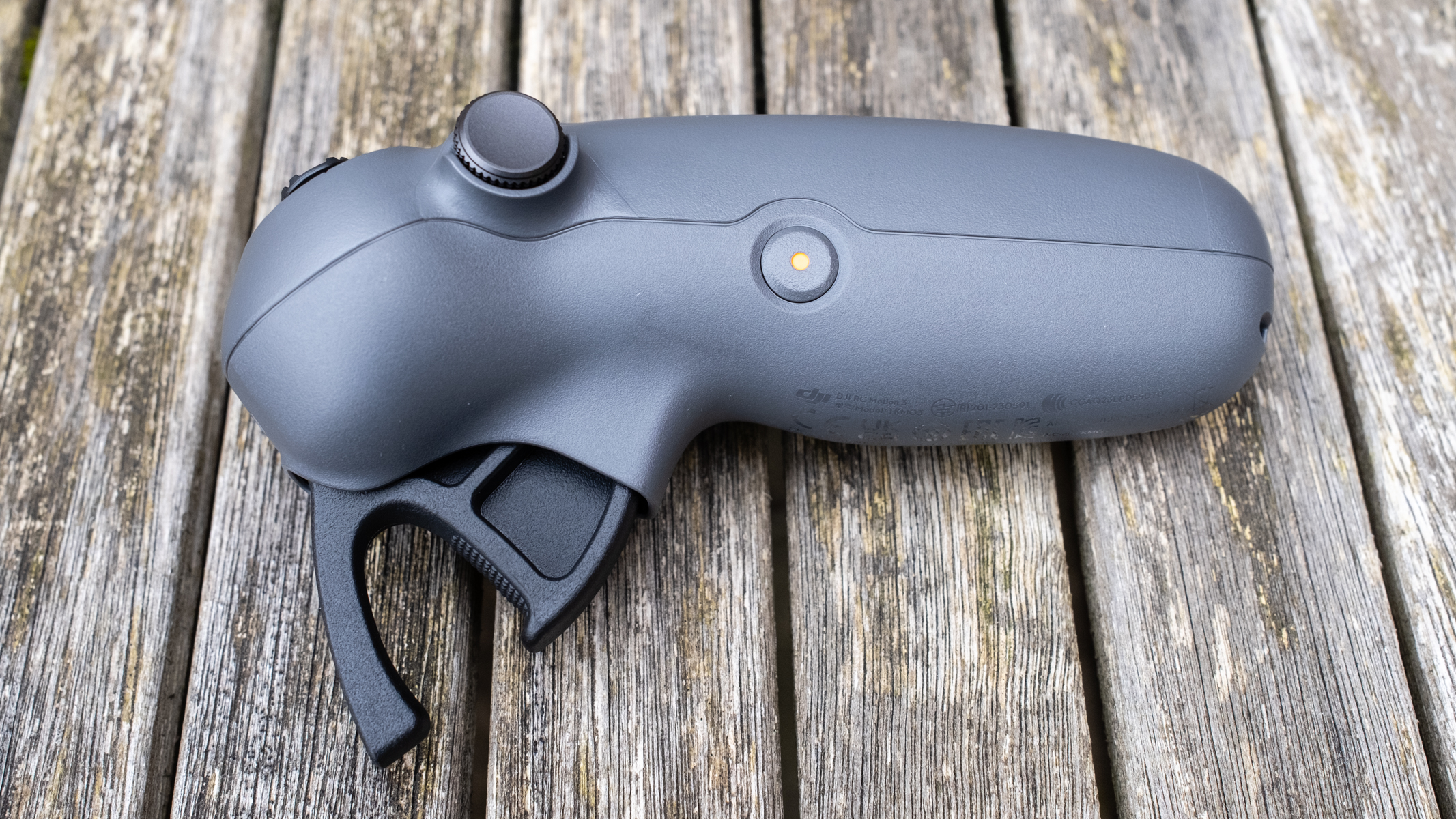
In terms of FPV drones, these are traditionally difficult drones to fly even competently with a traditional FPV drone controller. It's said that to even begin to develop basic competency in manual/acro flight mode, where you can flip, roll and drive the drone alongside flying through tight gaps, takes 50 hours or more of flight experience. This is often recommended between real drone flight and FPV simulators.
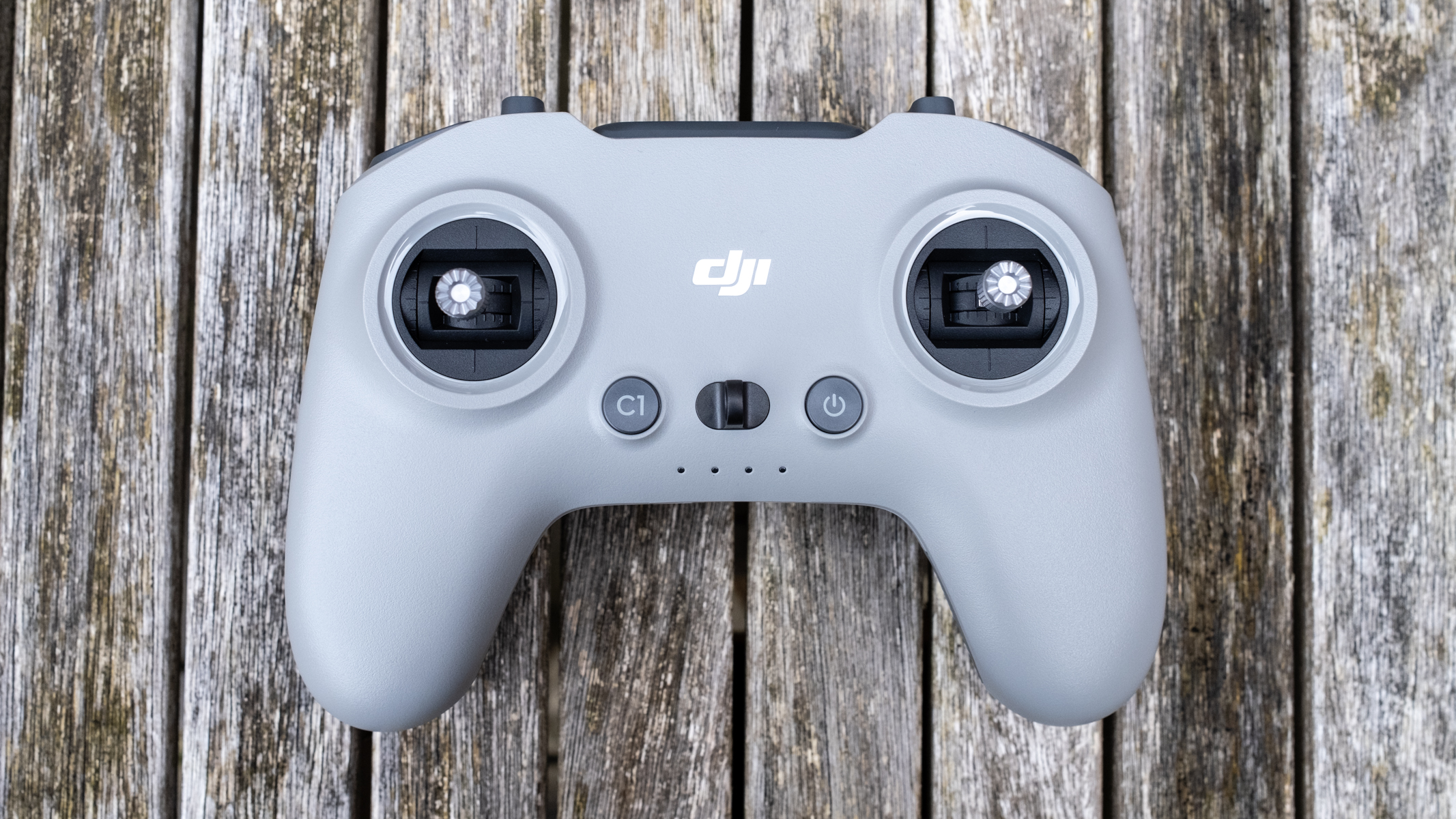
Motion controllers, with the DJI Avata or Avata 2, use GPS positioning and hover functionality to allow even absolute beginners to fly FPV drones competently and confidently. No need to spend days and weeks learning to fly, you can hit the skies and fly through tight gaps in a matter of minutes.
The DJI RC Motion 3 Controller does allow for some basic 'stunt' maneuvers, but the downside is that you can't enjoy anywhere near the same degree of control as a traditional FPV controller. This is only a small negative, as the ease of use of FPV drones on offer is exceptional, and many people simply don't have the time or patience to learn how to fly traditional FPV drones.
Breaking space news, the latest updates on rocket launches, skywatching events and more!
What Drones can I fly with a DJI RC Motion 3 controller?
The DJI RC Motion 3 Controller is compatible with the DJI Avata 2, DJI Avata, DJI Neo, DJI Mini 4 Pro, DJI Air 3 and DJI Air3S. It's likely that the DJI Mavic 4 Pro is also compatible since this new drone uses DJI 04 video transmission.
Depending on the drone and compatibility, the drone needs to be paired with either the DJI Goggles 3 or the DJI Goggles N3 for the DJI RC Motion 3 to be compatible. The FPV goggles act as the screen to see the camera view, as well as to change drone and camera settings.
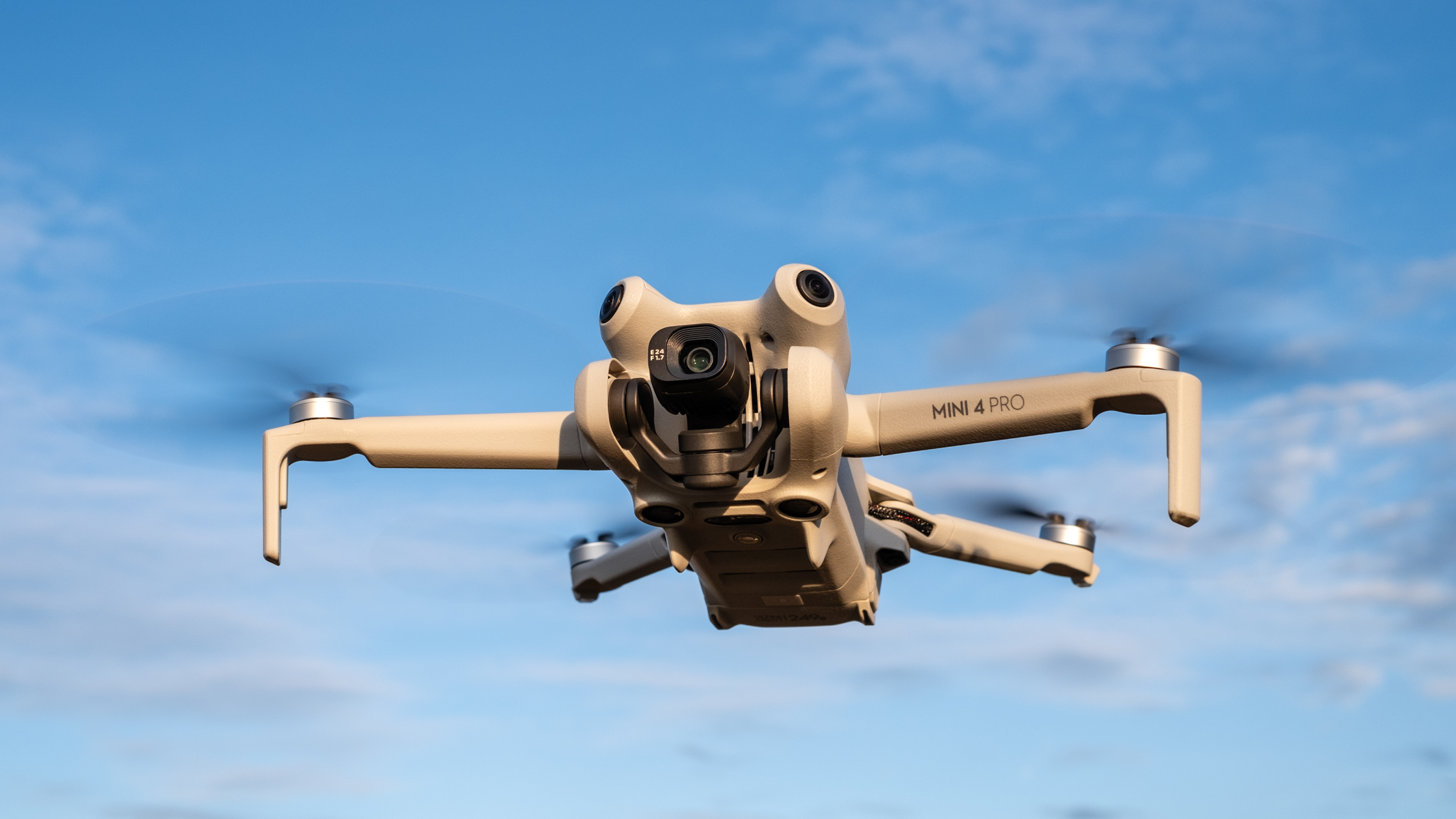
In the case of camera drones, you can enjoy FPV-style flight, but it's the DJI Avata and Avata 2 with their cine whoop design and built-in propeller guards that make the most sense to use with the DJI RC Motion 3. Not to mention, the Avata 2 comes in a kit that includes the controller.
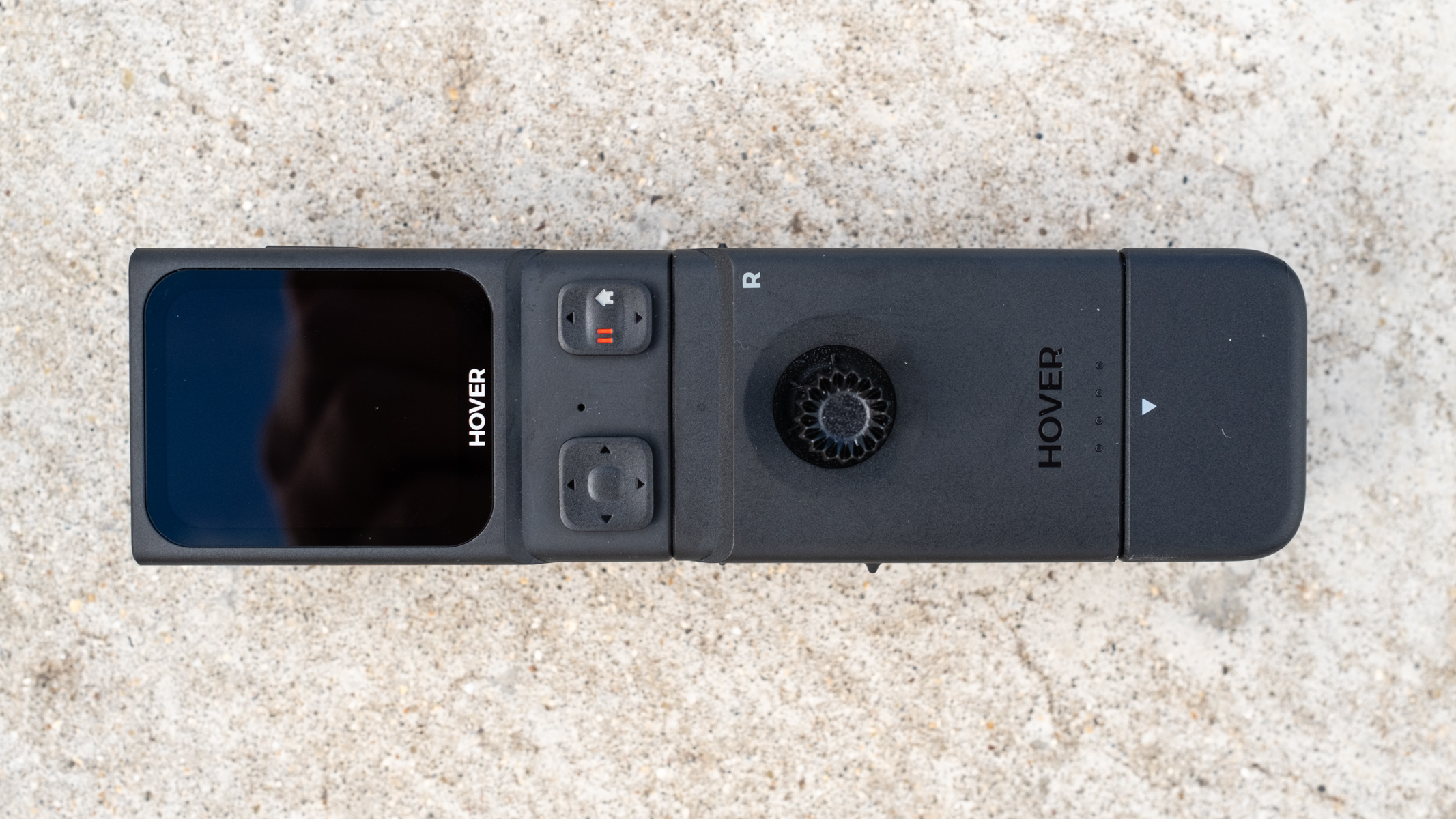
DJI is the main drone company to incorporate motion controllers into some drone packages and compatibility options, but ZeroZero Robotics also produces a motion controller for two of its selfie drones. If that name doesn't sound familiar, think of the HoverAir X1 PRO and HoverAir X1 PROMAX.
These two drones don't come with a motion controller out of the box, but when you purchase the Beacon & Joystick Bundle, you can take advantage of a motion controller with a built-in screen. With this innovative accessory, you can create several modular controllers, including a motion controller.
Is it easier to fly with a motion controller?
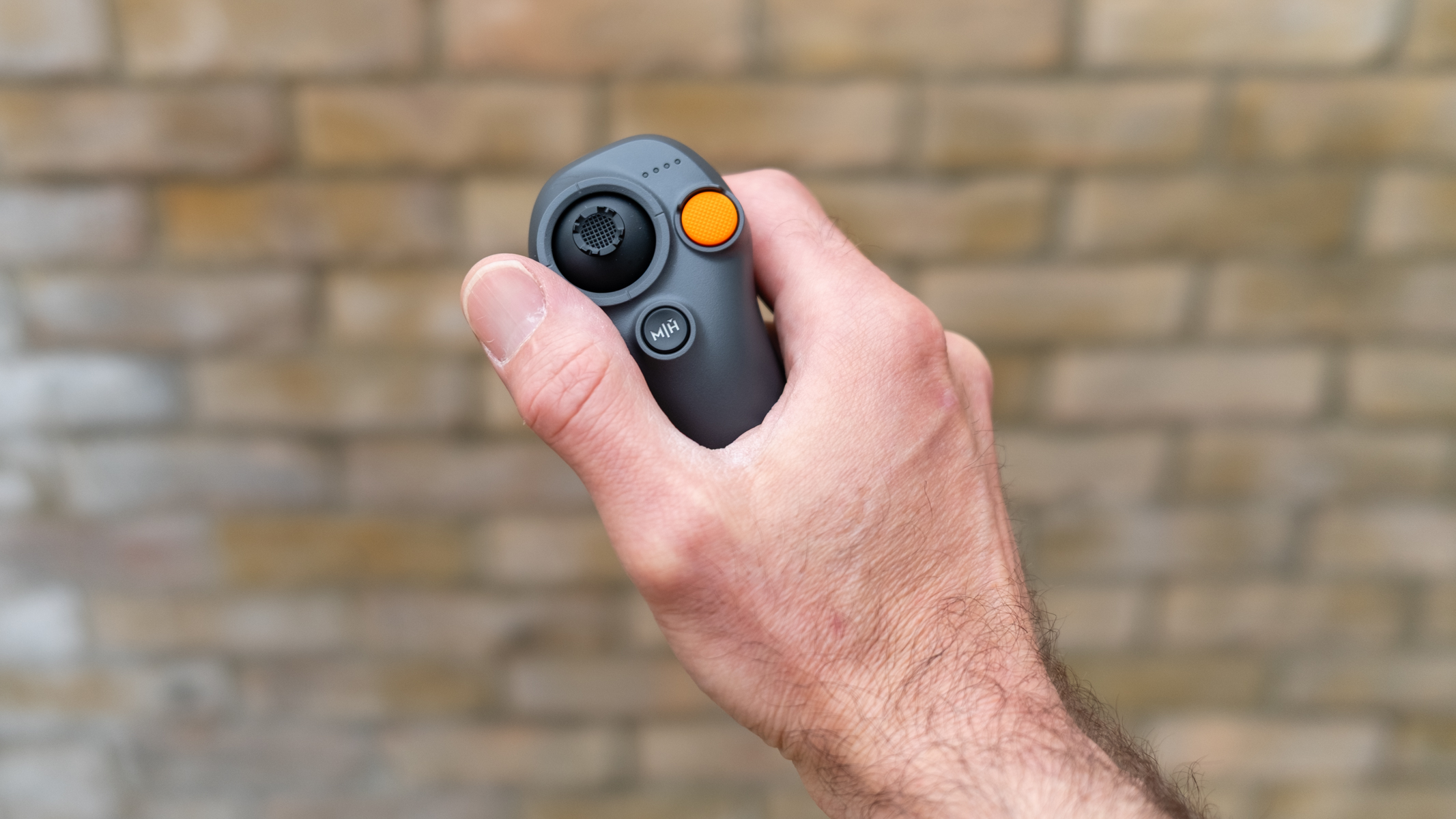
When it comes to DJI FPV drones, using a motion controller makes immersive flight incredibly easy and intuitive. So much so that within 10 to 15 minutes of first using the controller, you'll have the confidence you need to push your flights further to fly through gaps and within small spaces.
Just remember, you must have an observer with you who can maintain a visual line of sight (VLOS) of the drone, since you're wearing FPV goggles.
Of course, like everything, perfecting your skills takes a little time, but the fact that an absolute beginner can competently fly an FPV drone in minutes is incredible. Just for perspective, as previously mentioned, learning to fly in manual/acro mode with a traditional FPV controller takes 50+ hours of flight practice.
So, the ability to be in the air and be able to fly with expert precision with a motion controller within minutes is incredible. Combine this with the immersive flying experience produced by wearing DJI FPV goggles and you'll be amazed at how intuitive the DJI RC Motion 3 Controller is.
How Do I fly DJI Drones with a motion controller?
Let's keep things super simple because they are. With the DJI RC Motion 3 Controller connected to a DJI Avata 2 and DJI Goggles N3, simply double-press the Emergency Brake and Hover button to start the propellers, then press and hold the button to take off and hold in a hover.
To fly forward, pull the trigger back and to turn, tilt the Motion Controller left or right. To fly up, tilt the controller back, and to fly downwards, tilt it forwards. A cursor— a white circle — can be seen in the FPV goggles, and this can be used as a target for where you want the drone to fly.
The Joystick can be used to adjust altitude, but tilting the motion controller forwards or backwards using the in-goggle cursor as a target is much more effective for moving up or down when flying forward. The joystick is best used to adjust altitude when hovering. To land, when hovering at a low altitude, simply press and hold the Emergency Brake and Hover button.
Since the majority of control is applied using motion, the DJI RC Motion 3 Controller has minimal direct access controls. These consist of just an On/Off button, an Emergency Brake and Hover button, a Flight Mode & Return to Home button, a Joystick to adjust altitude and roll the drone left and right, an Accelerator Trigger, an FN Dial for settings and a Record button. These are all incredibly easy to find when you can't see them when wearing FPV goggles.
James is an award-winning freelance landscape and portrait photographer, as well as a highly experienced photography journalist working with some of the best photography magazines and websites with a worldwide audience. He’s also the author of The Digital Darkroom: The Definitive Guide to Photo Editing. www.jamesaphoto.co.uk
You must confirm your public display name before commenting
Please logout and then login again, you will then be prompted to enter your display name.
